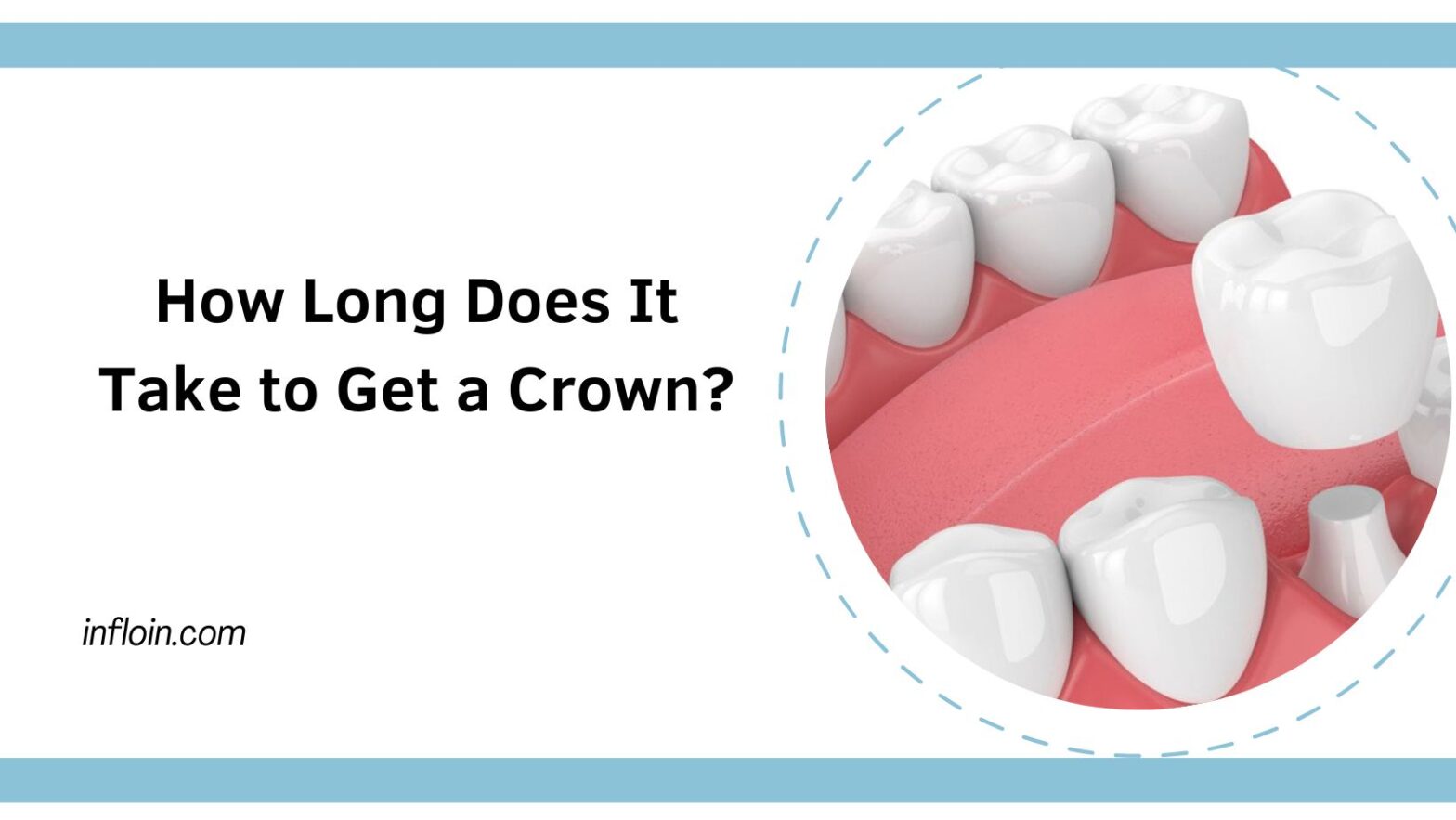Traditional crown procedures typically take two separate visits over the span of two weeks, however if you visit a clinic that provides same-day crowns the process can be completed in just one visit.
Your initial appointment will involve having your tooth measured and shaped for its crown, followed by taking an impression using putty-like material and sending it off to our lab.
Table of Contents
Preparation
On your initial appointment, your dentist will assess the tooth and surrounding areas to assess if you require a crown. This may involve taking X-rays or testing its core for strength, after numbing with anesthesia they will reshape and possibly strengthen it before taking an impression using either paste, putty, or digital scanner in order to make sure that a crown fits comfortably without altering your bite.
This step usually takes 30-60 minutes, though this could take longer if your tooth is particularly damaged or decayed.
Some dental offices use CAD/CAM technology to offer same-day crowns while you wait. This means they don’t need to send out 3D scans or molds for fabrication at the lab; instead, a computer software program uses your information to design your crown model before an industrial machine carves out a block of ceramic in approximately 15 minutes, leaving a temporary crown on your tooth to protect it until your crown arrives in the mail.
Impressions
Your dentist may take the traditional route when fitting crowns; creating an impression by dispensing putty-like dental impression material into plastic or metal trays and placing it over each affected tooth to set. This usually takes only minutes.
Once taken, impressions must be examined under bright lighting for any air bubbles or distortions that might indicate improper placement or preparation of the impression. If any are discovered, chances are it may need to be taken again.
Step two of this process involves preparing your tooth for its crown by drilling out any decayed tissue and reducing its size, to ensure that the crown can fit securely over it without altering your bite or causing discomfort. Strengthening it against chewing forces also requires some dental anesthetic for immediate pain relief; when necessary sedation may also be administered for additional comfort.
Crown Design
Crowns (sometimes referred to as dental caps or caps) are used to encase and protect teeth that have been treated for tooth decay or damaged by trauma, providing strength, durability, and an aesthetic finish that matches their natural appearance. Crowns also help halt further tooth deterioration and recover more quickly after root canal treatment.
After taking digital impressions, your dentist will use CAD software to design your crown’s shape and size based on consideration of its bite, adjacent teeth, and smile aesthetics.
Depending on the type of crown desired, this step can take several weeks. Metal crowns are made of gold, silver or nickel-chromium alloys while porcelain ones utilize ceramic fused to metal as their material of construction. The type of material chosen will influence both its manufacturing time and longevity.
Crown designs are then submitted to an in-house milling machine, typically taking 60-90 minutes and giving your dentist enough time to return and cement the crown onto your tooth. This process, known as same-day crowns, can often be completed during one appointment due to computer-aided design and manufacturing (CAD/CAM) technology.
Temporary Crown
Traditional crowns require having impressions or 3D scans sent off to a lab and can take anywhere between one to two weeks for completion; during this time period patients will use temporary crowns.
Temporary crowns are made from composite resin or acrylic and can be created in the dental office while patients wait. Since they’re attached with a weak cement meant not to last very long, it is important for patients to pay close attention when eating and chewing; specifically to avoid chewing hard or tough foods as well as sugary drinks that could travel between gums and crowns.
Once a lab produces its final crown, it will be cut and stained to match its surroundings before it is permanently attached to the damaged tooth. With proper upkeep, permanent crowns may last a lifetime.
Second Appointment
At a second appointment usually two to three weeks later, the permanent crown will be cemented into place. This process typically lasts about 30 minutes; provided root canal treatment was carried out properly there should be no discomfort experienced from this step.
A dental crown will be fitted securely into place without interfering with bite function, and any necessary adjustments made. Follow-up appointments will be scheduled periodically so as to monitor its progression and make any necessary alterations if necessary.
Some offices provide same day crowns through computer assisted design and manufacturing, eliminating the 1-2 week wait between preparation and placement appointments. These crowns are typically provided for front teeth that have significant decay or damage as well as crown portion of dental implants. Dental crowns may also be used to restore teeth after root canal treatments as well as severely cracked or broken ones – this provides an ideal long term solution that protects the tooth against further damage while improving its appearance and protecting from further decay or cracking.


